Marilyn Monroe's Girdle: Why Modern Ladies Should Embrace Wearing Shapewear
When you think of shapewear, what comes to mind? It’s probably the infamous scene of Scarlett O’Hara being tight-laced into her corset to impress a man.
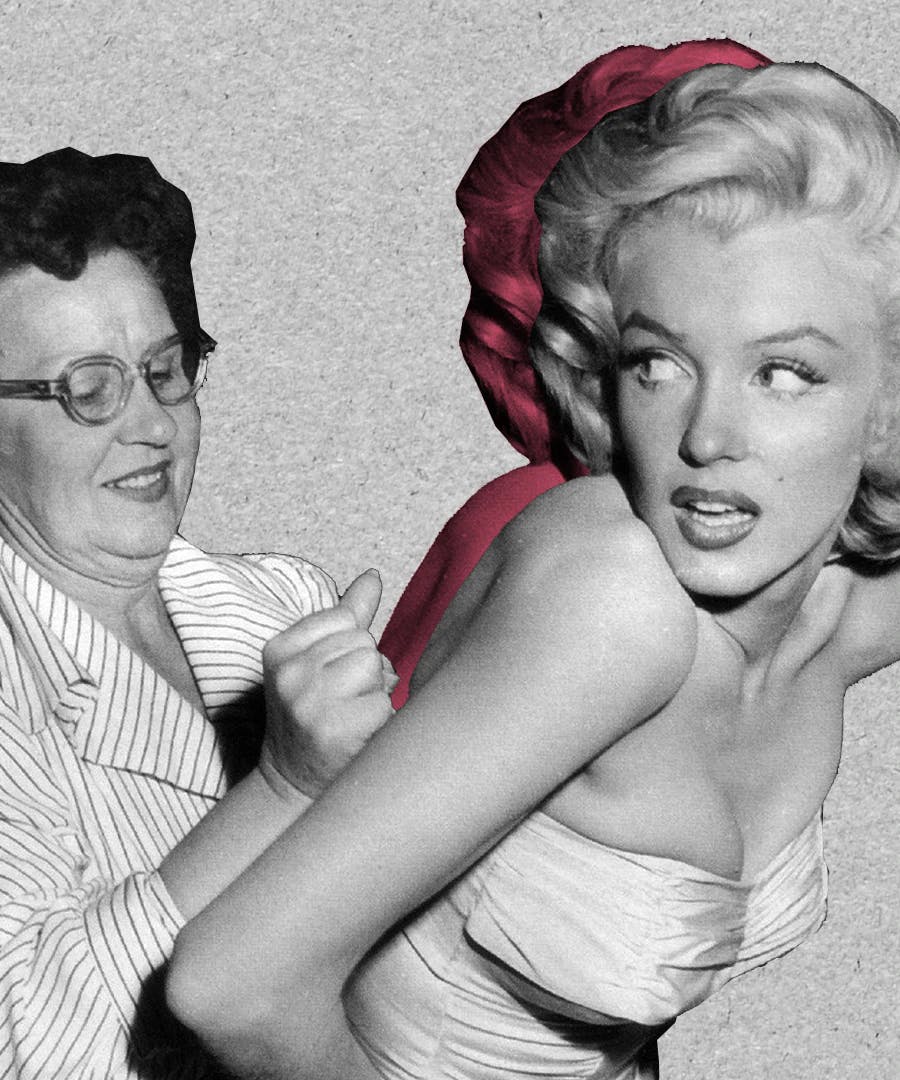
Not exactly the feminist’s daydream. The issue is that scene is incorrect on virtually every count. First, that scene is from a movie made nearly 100 years after its story is set, in a new century that saw corsets as anti-woman torture devices. Second, it incorrectly paints corsets as painful garments created to distort the female body. Finally, it perpetuates the myth that tight-lacing was common.
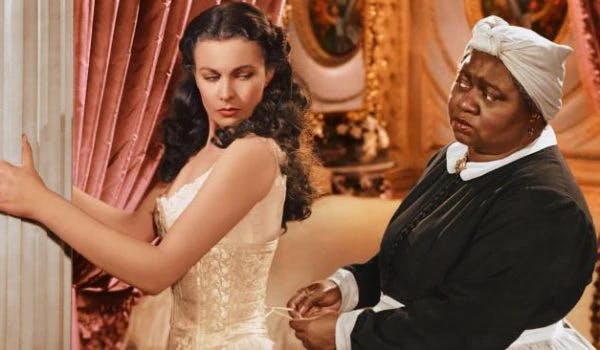
The fact is, women have worn some form of shaping garment for nearly a thousand years in the West. All women, from peasants working the fields to aristocratic women, wore them. Although the desired silhouettes changed over the centuries, women used to understand the power of creating a solid base for one’s clothes that wasn’t dependent on having the flattest stomach or the thinnest waist.
We’ve come a long way from the stiff, artificial silhouettes of the 19th century, but our relationship with clothing seems only to have deteriorated. I would argue that the majority of women no longer feel confident in their wardrobe. They lack the confidence and knowledge to dress skillfully, and there’s a concerted effort on the part of feminists and body positivity activists to remove attractiveness from the discussion altogether.
A Mistaken Goal
The advent of the body positivity movement and the abandonment of shapewear are not coincidental. As the feminist narrative has pushed for the last almost hundred years, any type of “body modifying” garment is inherently oppressive. The first inkling of this was the loose, shapeless undergarments of the 1920s. Then, there were the bra-burners of the ‘60s. Now, we have “free the nipple” and an increasing number of young women who have chosen to forgo bras altogether.
Post-feminism, women are increasingly unhappy with their appearance and their bodies.
No one has ever stopped to ask if “freeing the nipple” — or in this case, freeing the stomach and breasts — is actually empowering. The rhetoric may sound persuasive, but the evidence is that women are increasingly unhappy with their appearance and their bodies. One supposed remedy has been the body positivity movement, which encourages women to feel good about their bodies no matter how they look.
It’s obviously not working. The influence of plastic surgery and unachievable body standards has never been more prevalent. Young women are lost between two worlds, neither of which offer a true solution to their problem: feeling confident and strong in their bodies, even when they don’t fit the prescribed “ideal.”
We Have a Dysfunctional Relationship with Clothing
Modern women expect they will have the perfect body to put into their clothes. Failing that, they are supposed to just “love their body,” no matter how unattractive they feel. Why are we teaching women to lie to themselves about how they feel? We should be teaching women how to have good relationships with their bodies, and part of that is learning how to dress them correctly.
Science has shown the power of dressing well, and its powers of increasing success, confidence, and physical attractiveness. Why are body positivity activists so hell-bent on separating women from the benefits of great clothing?
Part of having a good relationship with your body is learning how to dress it correctly.
This is one instance in which looking back may help us move forward. What modern women have forgotten, and our ancestors knew, is that the trick to having the perfect body isn’t your actual body: it’s your undergarments.
Why Are Modern Women Afraid of Shapewear?
There’s a lot of stigma and shame surrounding shapewear today. “Shapewear isn’t something you can really feel proud wearing,” says Betsie Larken, founder of shapewear company Honeylove, in an interview with The New York Times. There’s a perception that only overweight women should have to resort to shapewear. You should feel ashamed if your stomach isn’t flat enough to look good without Spanx.
Most women, when envisioning modern shapewear, are reminded of Bridget Jones’ infamous enormous panties (and the ensuing humiliation of being discovered wearing them). None of us want to admit that our body isn’t perfect enough for that LBD — but that’s only because we have a culture that believes that it’s reasonable to expect that of women.

On the other hand, there are influencers who take shapewear to an unhealthy level. The Kardashians market “waist trainers” as the secret to their absurd body proportions. It should go without saying that physically changing one’s skeleton should not be the pre-requisite for having a good figure. These influencers reinforce the idea that beauty is just too far out of reach for the average woman, so why even bother trying?
The truth is, women are looking at the wrong influencers for their guidance. It’s a safe rule that whatever the Kardashians are doing, we should all steer clear. I have a different set of women in mind that we should be looking to for guidance.
Let’s Take a Page out of Marilyn’s Playbook
Let’s start with the woman who has one of the most famous figures in history: Marilyn Monroe. Renowned for her voluptuous, hourglass figure, Marilyn Monroe was no stranger to shapewear. In her generation, girdles and other shapewear were an essential part of achieving the slim waists and flat stomachs for those pencil skirts and gorgeous gowns.
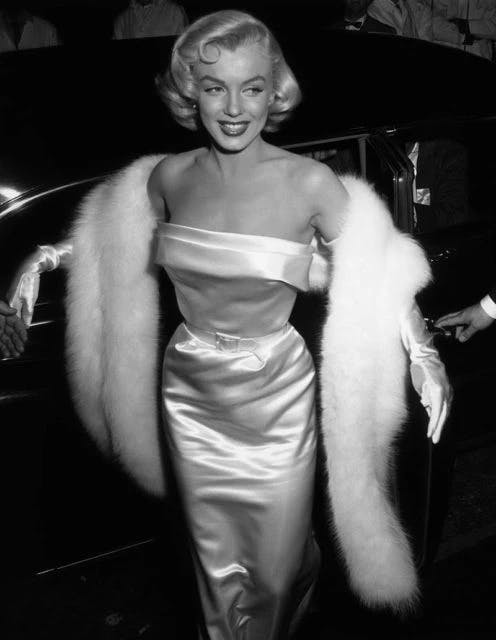
No one looks this good in a satin ballgown without a little help.
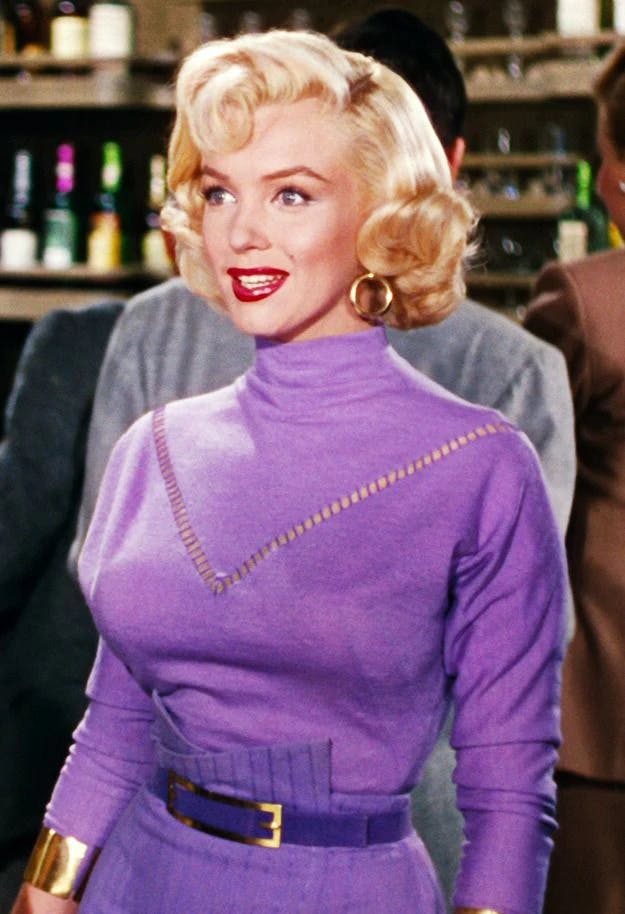
Even in everyday clothing, a girdle gives her a beautiful waist for that pencil skirt.
It wasn’t just Marilyn who took advantage of shapewear to get her hourglass figure. Virtually every bombshell woman you can think of from the 1940s to the ‘60s wore a girdle or other shapewear to accentuate their figure.
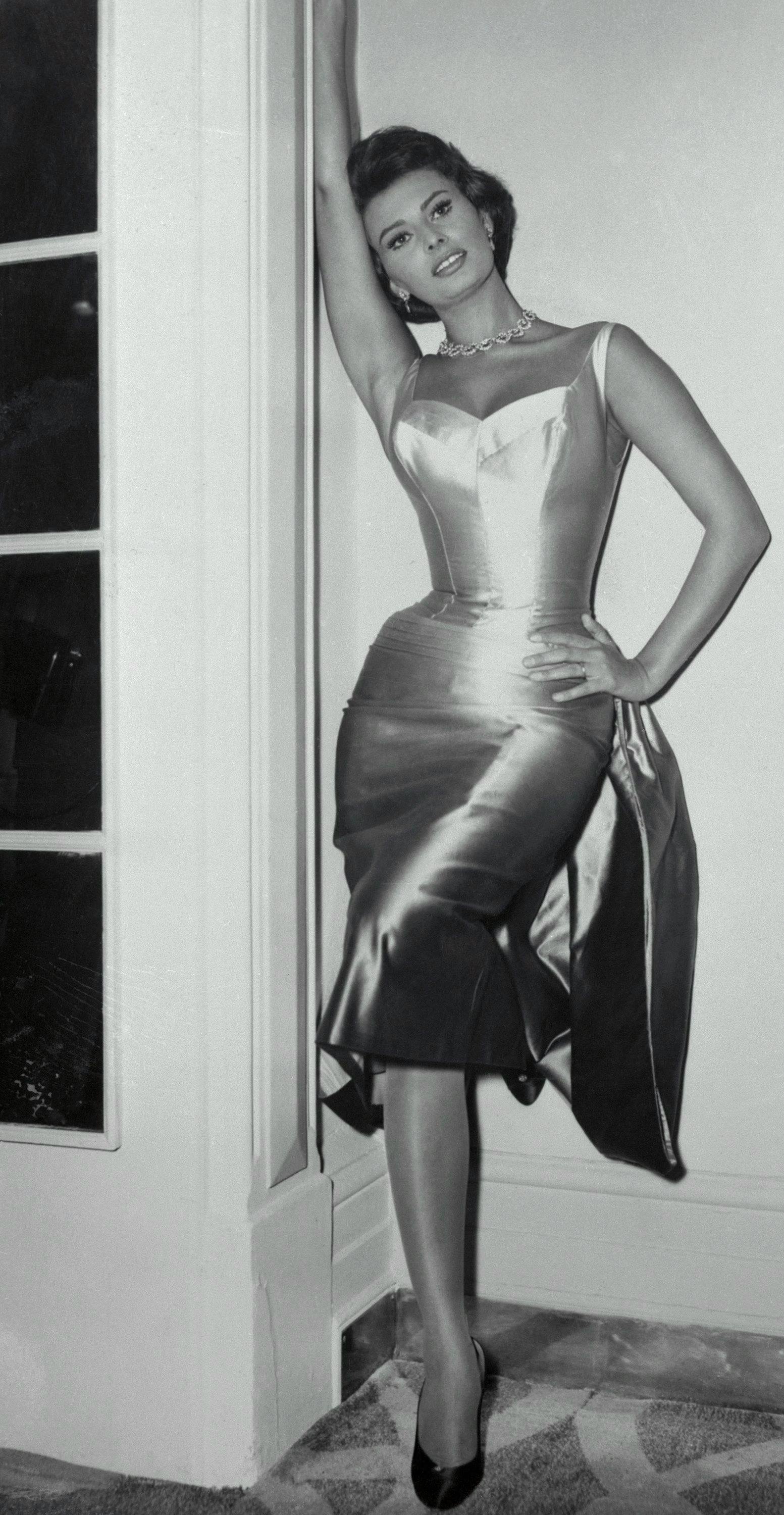
Look at Sophia Loren’s waist! The only way to get a dress to fit that tight and smoothly is over a corset.
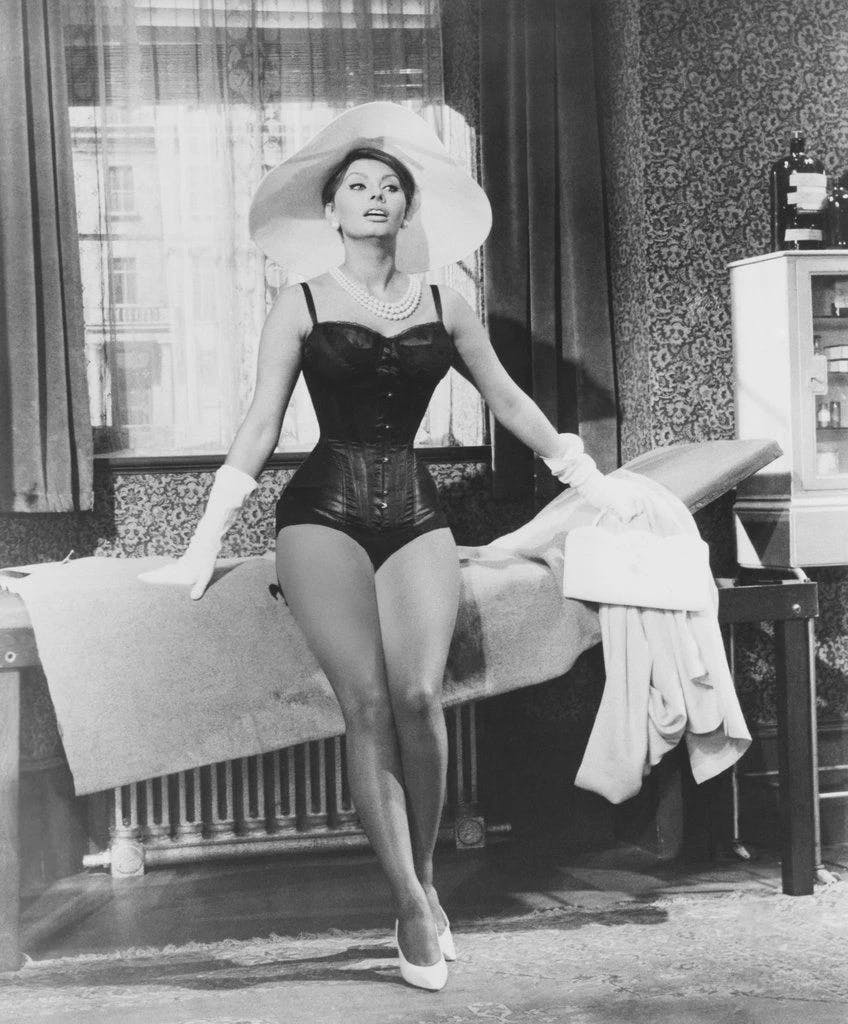
The full getup.
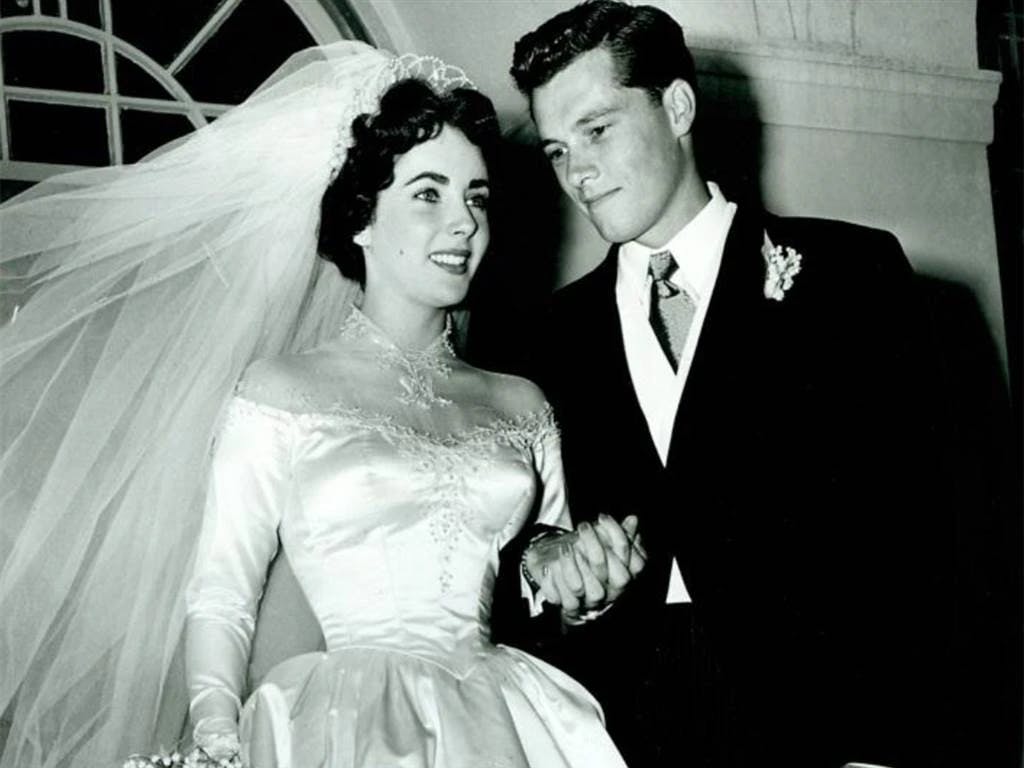
Another dramatically small waist on Elizabeth Taylor achieved thanks to some great shapewear.
Why the Foundation Matters
Now, I am by no means advocating that women should start wearing shapewear every day. Even the old Hollywood ladies didn’t do that. But they did know how to select beautiful clothing that fit them well and took advantage of shapewear to help them achieve a dramatic figure when they needed to.
Your clothes only look as good as the foundation underneath.
My grandmother, a member of the 1950s generation, had wise words: “Your clothes only look as good as the foundation underneath.” Whether in the name of comfort, women’s liberation, or a simple lack of knowledge, this simple truth has been forgotten by the vast majority of women today. We’ve abandoned the wisdom of generations before us in favor of unflattering clothing and deteriorating confidence.
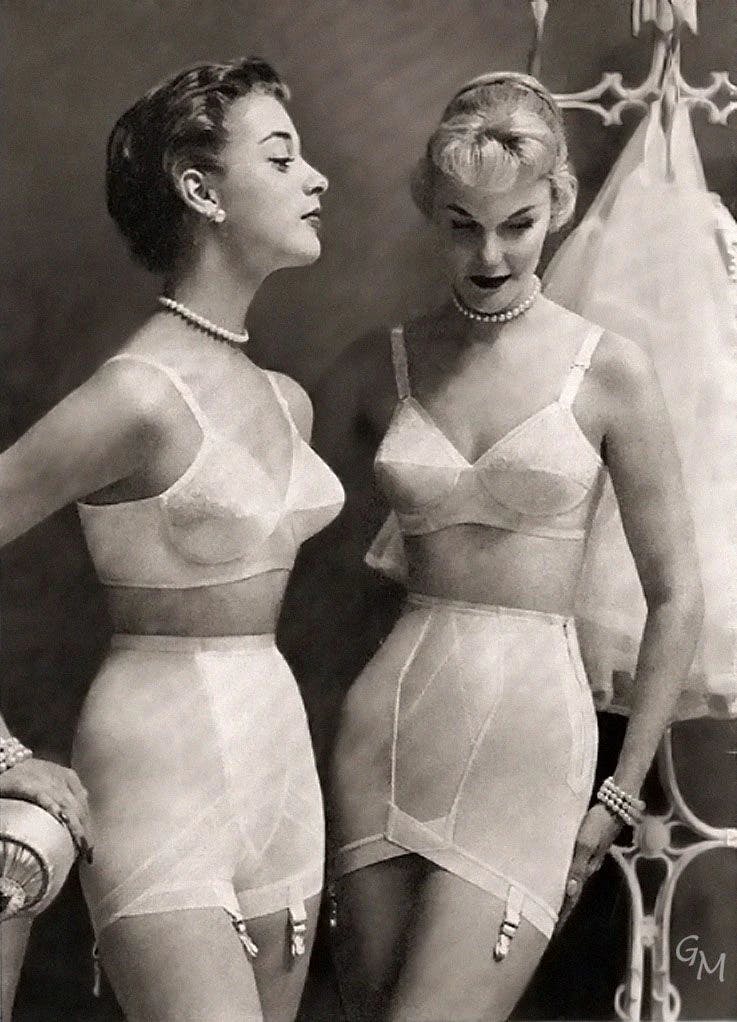
The first step to reclaiming our feminine wardrobes is to reject the notion that flattering or “shape-controlling” clothing is based in misogyny or body-shaming. The natural shape of your body doesn’t have to be anybody’s business but your own. A great foundation will help you build a wardrobe that’s flattering and empowering.
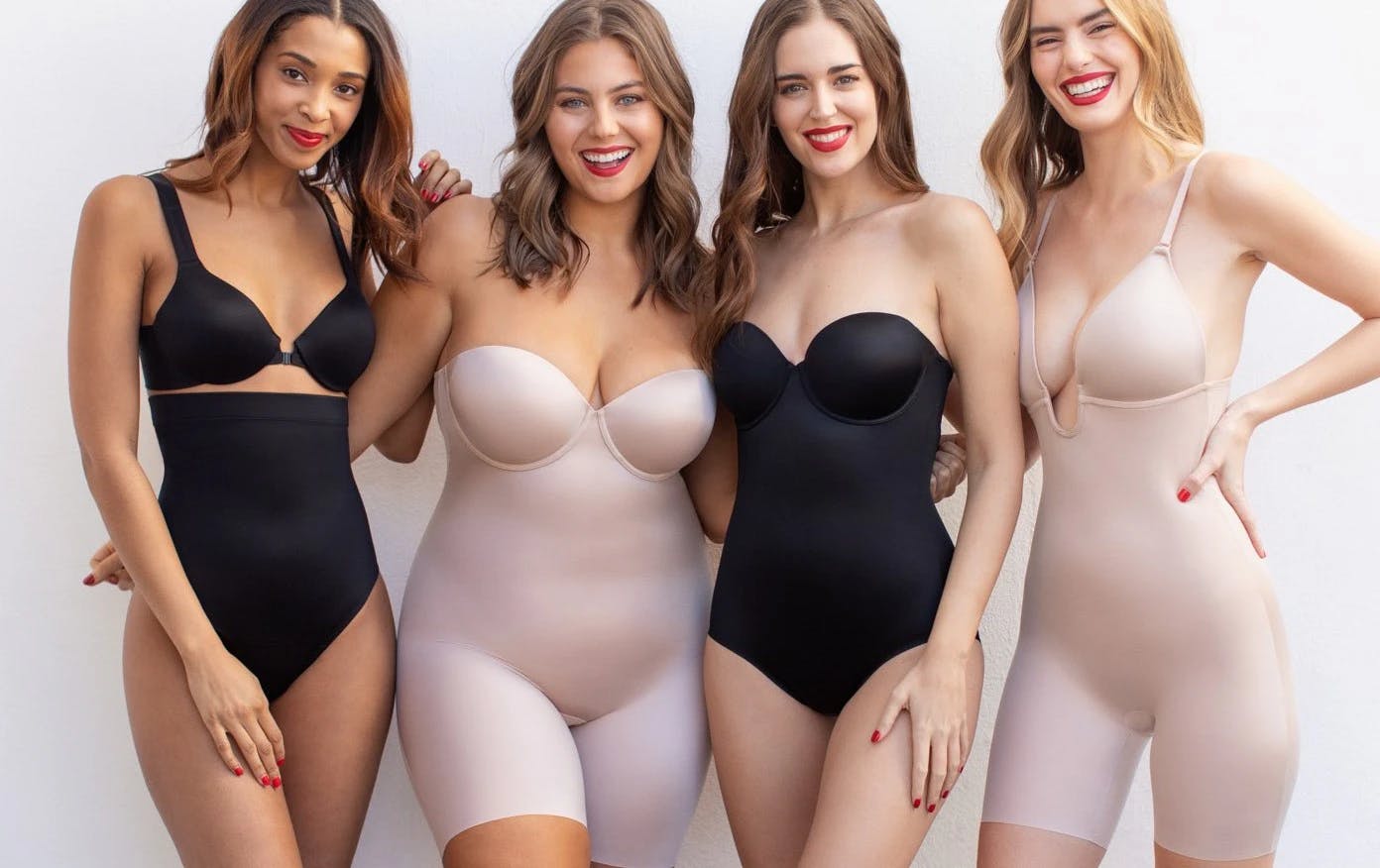
Closing Thoughts
Corsets and girdles aren’t the only undergarments that helped create the iconic feminine looks of bombshells like Marilyn Monroe and Sophia Loren. But they were an essential part of almost every woman’s wardrobe of the day. There’s ample evidence that modern women are less happy with their home lives and are having less sex than our grandmothers. So it might be worth taking a look at what they were doing right — and adding that to our lives today.